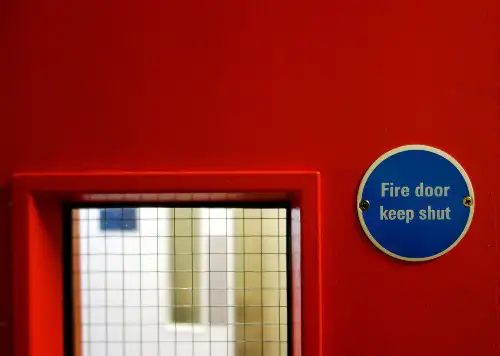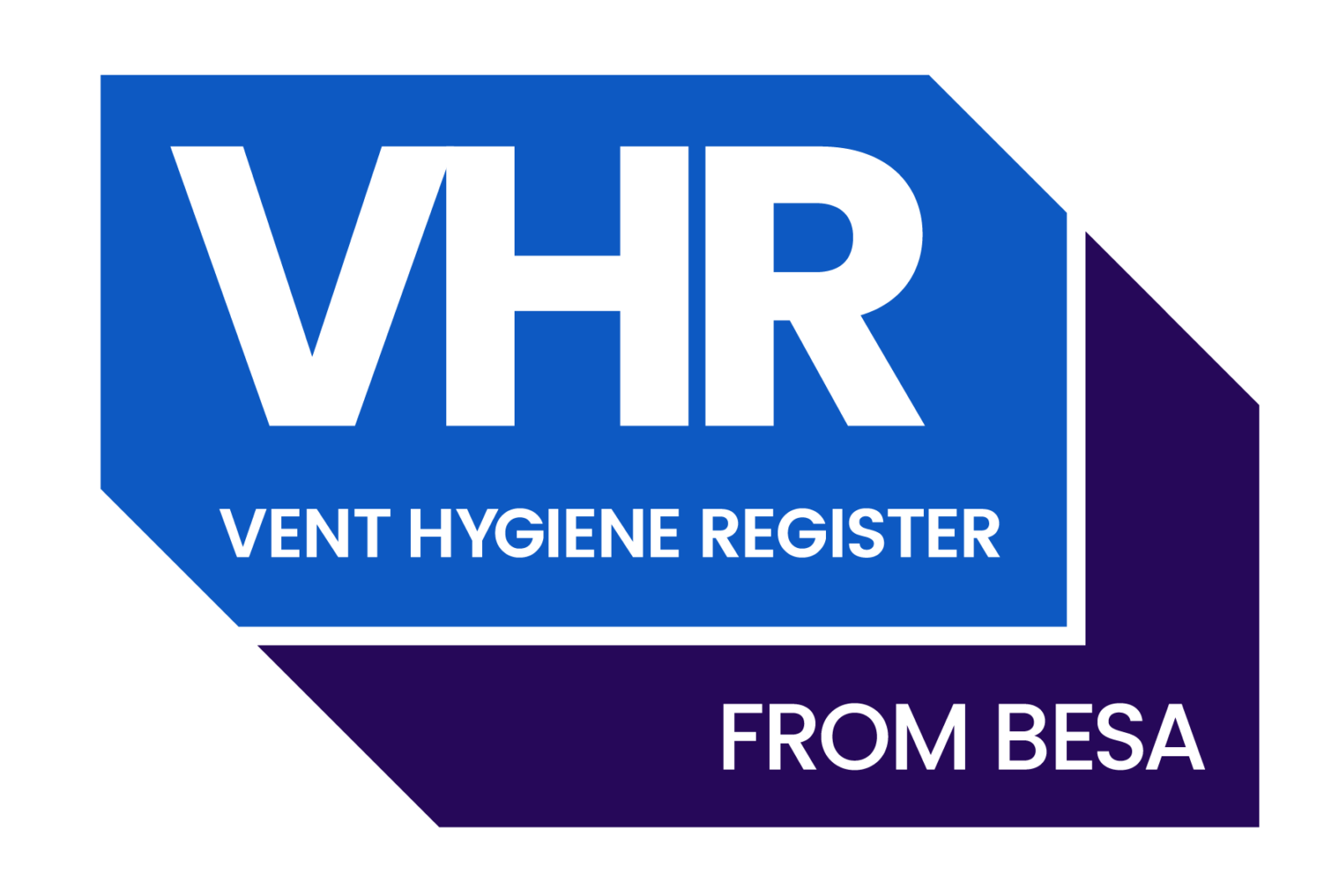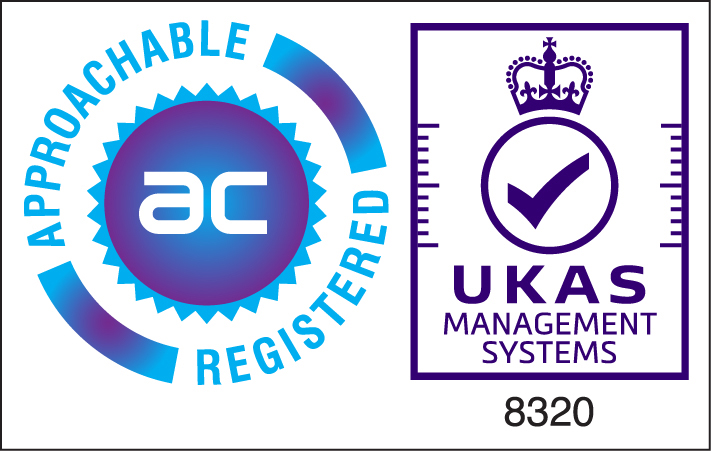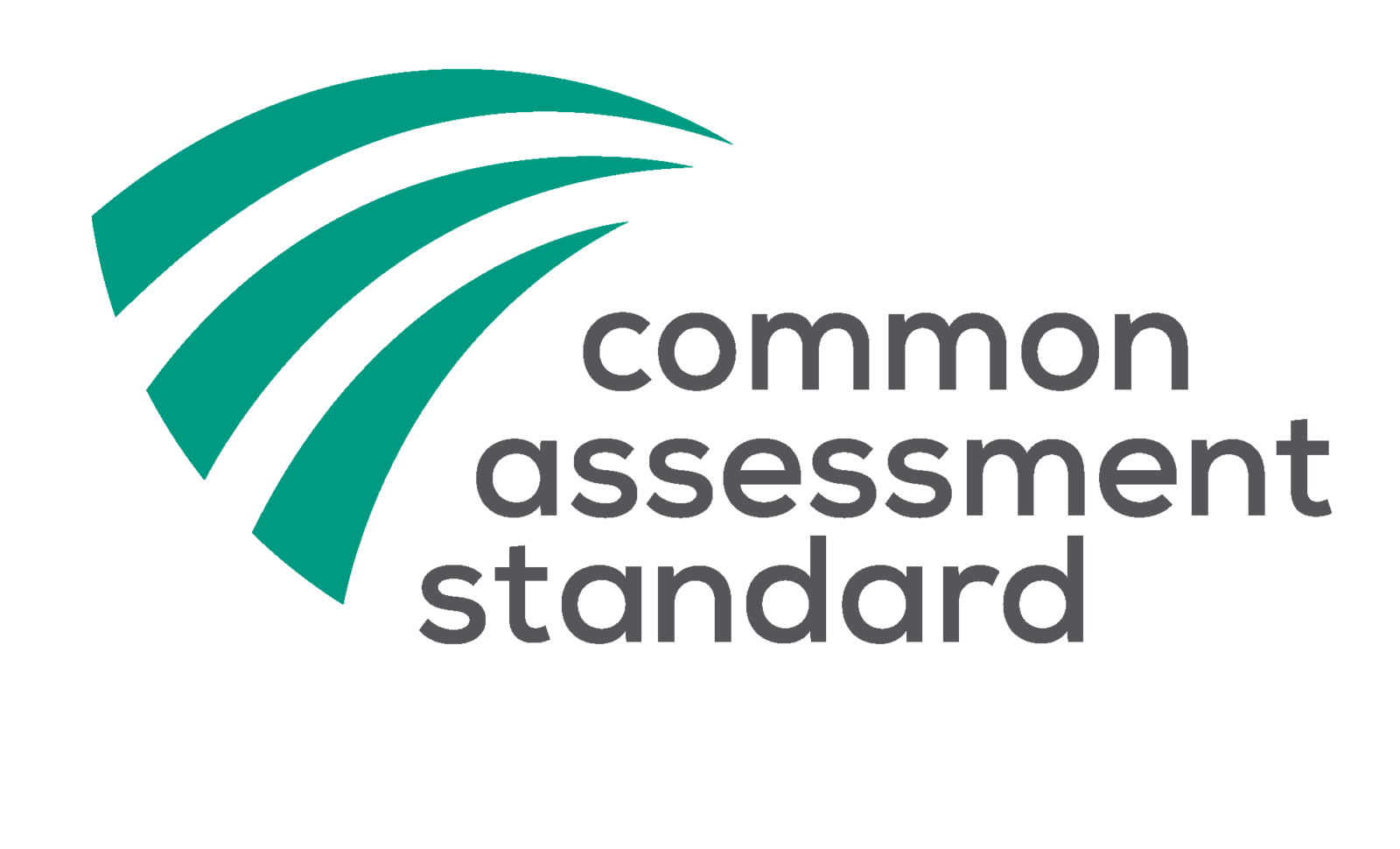The safety of humans from the threat of fire in all buildings is paramount. Commercial buildings however attract their own special obligations and duties for the owner. Fire doors are one of the many safety measures that can be taken to improve the safety of anyone working within the premises – moreover, fire doors are often a matter of legal obligation. All fire doors have to be in sound, working order. This is where a fire door inspection comes in.
What is the FDIS?
FDIS stands for Fire Door Inspection Scheme. The FDIS is a diploma gained following the successful completion on a series of training programmes that aim to educate participants on essential fire door safety matters. This means that all FDIS-approved inspectors have passed modules including:
- Basic fire door components
- Current UK fire door regulations
- Timber fire doors and frames
- Metal fire doors and frames
- Fire door glazing
- Ironmongery and signage
What does a fire door inspection involve?
Fire door inspections must be carried out by an individual that holds the FDIS certification. This enables them to carry out fire door inspections on-site. The inspections span both new and existing fire doors, as long as the fire door is fully installed. The primary purpose of a fire door inspection to FDIS standards is to check whether the fire door will perform its intended role in the event of a fire.
This means that the inspector will assess whether the fire door is in sound enough condition to be able to withstand and inhibit the spreading of fire so that occupants have a route of protected escape if necessary. The inspector will also check whether the fire door fully closes and if it is sealed correctly. The gap between the door frame and the door leaf will be assessed, as this needs to be between 2mm and 4mm by Law.
How often should fire doors be inspected?
Fire doors should be inspected on a routine basis as per the Regulatory Reform (Fire Safety) Order 2005 Section 17. This means fire door inspections must take place every six months. However, for new build properties this frequency may increase during the first year to check for any issues following installation. More frequent inspections are also needed if your building is heavily used.
What are the legal requirements for fire doors in the UK?
There are a number of legal requirements in the UK which you need to be aware of when it comes to fire doors. Not following these legal requirements could not only lead to serious ramifications if you’re found guilty of having unsafe or illegal fire doors It could also result in a loss of life should a fire occur. Here are the legal requirements expected of all fire doors in UK buildings:
General fire door legal requirements
The Fire Safety Order (RRO) 2005 stipulates that fire doors are a legal requirement in all properties with the exception of private homes. However, in multi-occupancy rented homes (MHOs) they are also a legal requirement. Fire doors must be installed by a competent person with sufficient training, such as a relevant qualification like the FDIS. The fire doors must be completely installed by the time the commercial property is inhabited for the first time and individuals should not inhabit the property until sufficient fire protection is completed.
Commercial fire door legal requirements
The Law relating to commercial properties contains two main sections relating to fire doors. These are called vertical escape routes and horizontal escape routes. Each commercial property must have at least one of these routes, depending on the individual nature of the building and the most convenient route escape possible in the event of a fire. Here’s more information on each type:
- Vertical escape routes: A vertical escape route is used within multi-level properties and consists of evacuation via a set of allocated escape stairs. Fire doors are installed at either end of these stairs.
- Horizontal escape routes: A horizontal escape route is used within properties where evacuation, in the event of a fire, is directed towards a refuge room in the same-level space. Fire doors are installed to protect this room from the rest of the building in the event of a blaze.
Fire door installation legal requirements
At the time of writing, there are no specific accreditations achievable to certify those installing fire doors, other than these staff must be accredited by a suitable fire safety board. The FDIS is one such scheme. This is imperative because it means that they’re familiar with the guidelines set out within the RRO. This includes specifications pertaining to the rating of the fire door, the location of the fire door and the types of seal used on the fire door among much more.
Fire door maintenance legal requirements
So, to summarise, you have to arrange your twice yearly fire door inspections –this is a legal requirement in order to ensure that the fire doors work correctly and upholds the legal standards of the Fire Safety Order. Any fire door maintenance that is required should be approved by and carried out by an FDIS-approved professional. If not, you run the risk of the fire door failing its next inspection or failing to protect individuals during a fire.
Contact VSS today
Your next fire door inspection needs to be conducted by trained professionals so look no further than Ventilation Surveys & Services. Our approved and competent fire door inspectors are on hand to conduct thorough inspections and ensure that your fire doors are legal and safe. Get in touch with our team today to find out more.













